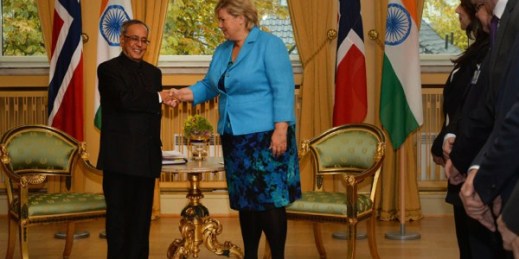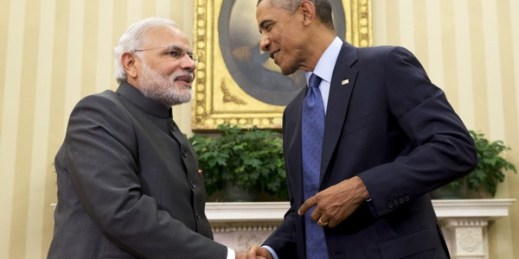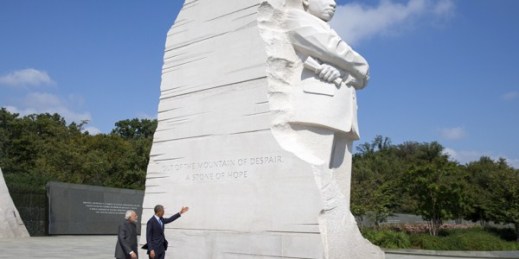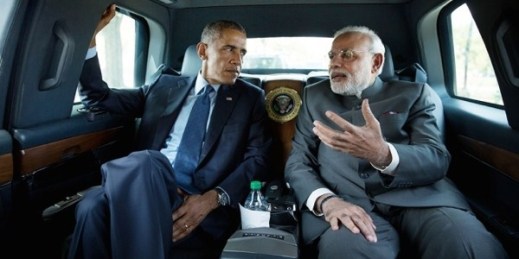
Indian President Pranab Mukherjee’s visit to Norway in mid-October, the first by an Indian head of state, was a signal of India’s rising profile in the Arctic. Mukherjee signed 13 agreements with Norway, including one exploring avenues for joint military research between India’s Defense Research and Development Organization and Norway’s Norwegian Defense Research Establishment, known as FFI. Mukherjee also visited neighboring Finland, where he signed an additional 19 agreements, on everything from civilian nuclear cooperation to education and fishing. But the trip, coming a year after India gained observer status in the Arctic Council—an intergovernmental forum that includes eight member […]





